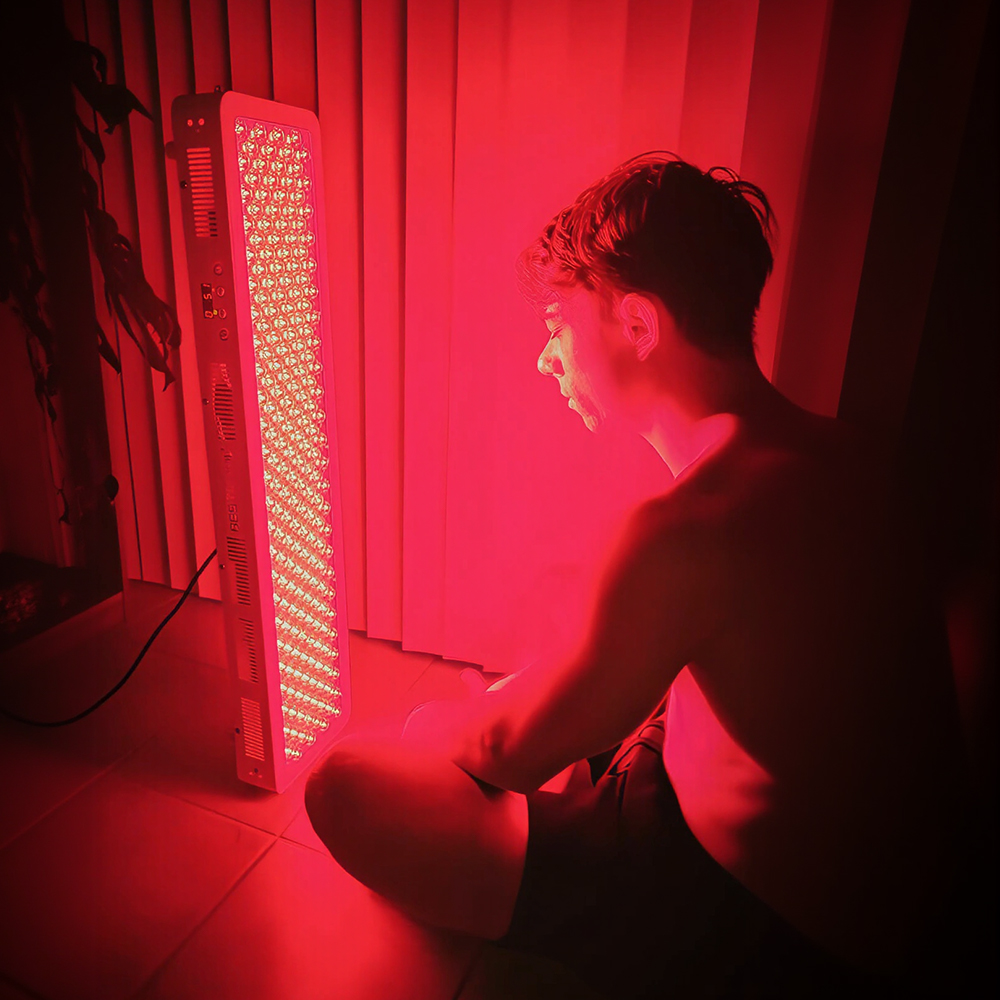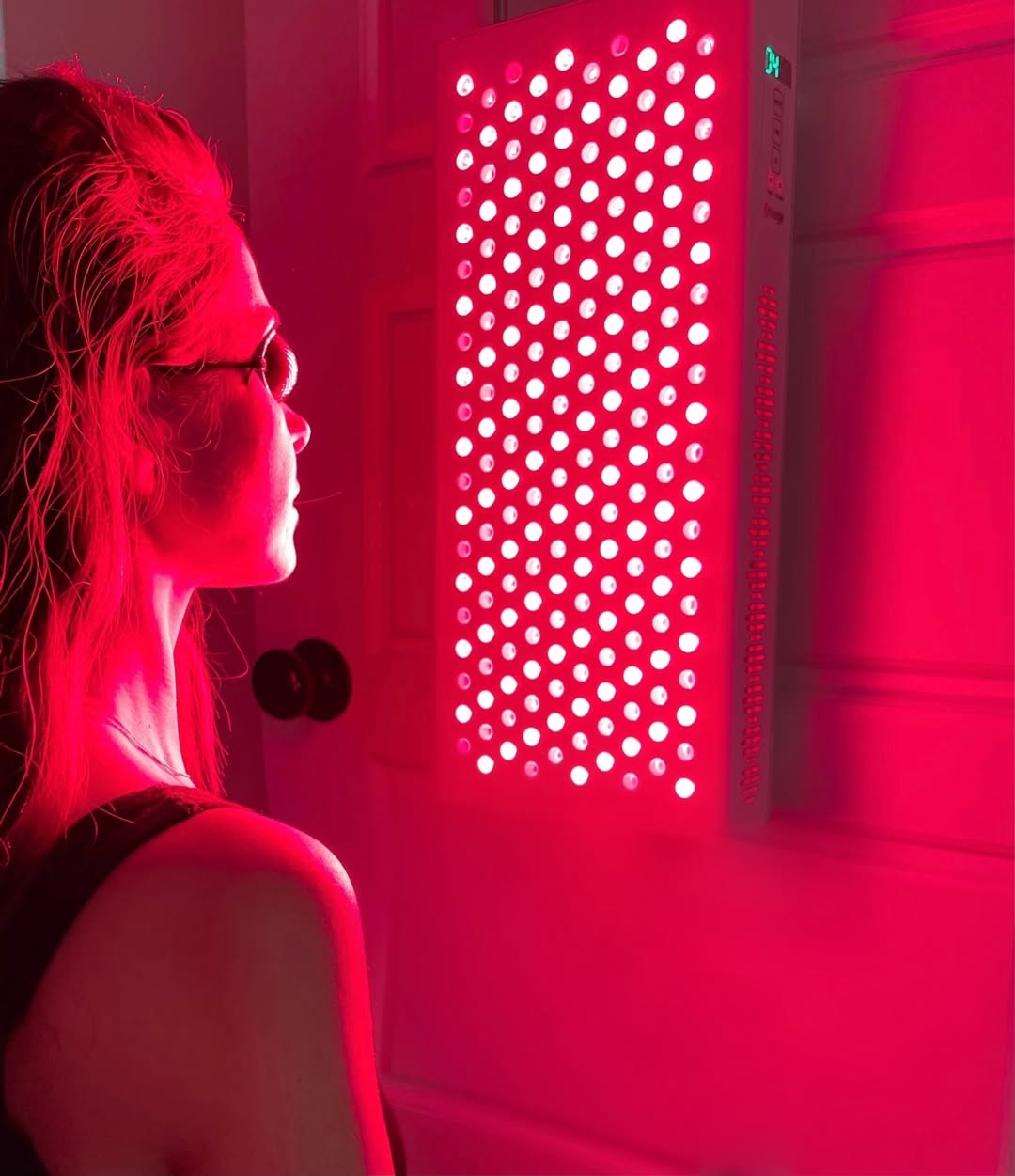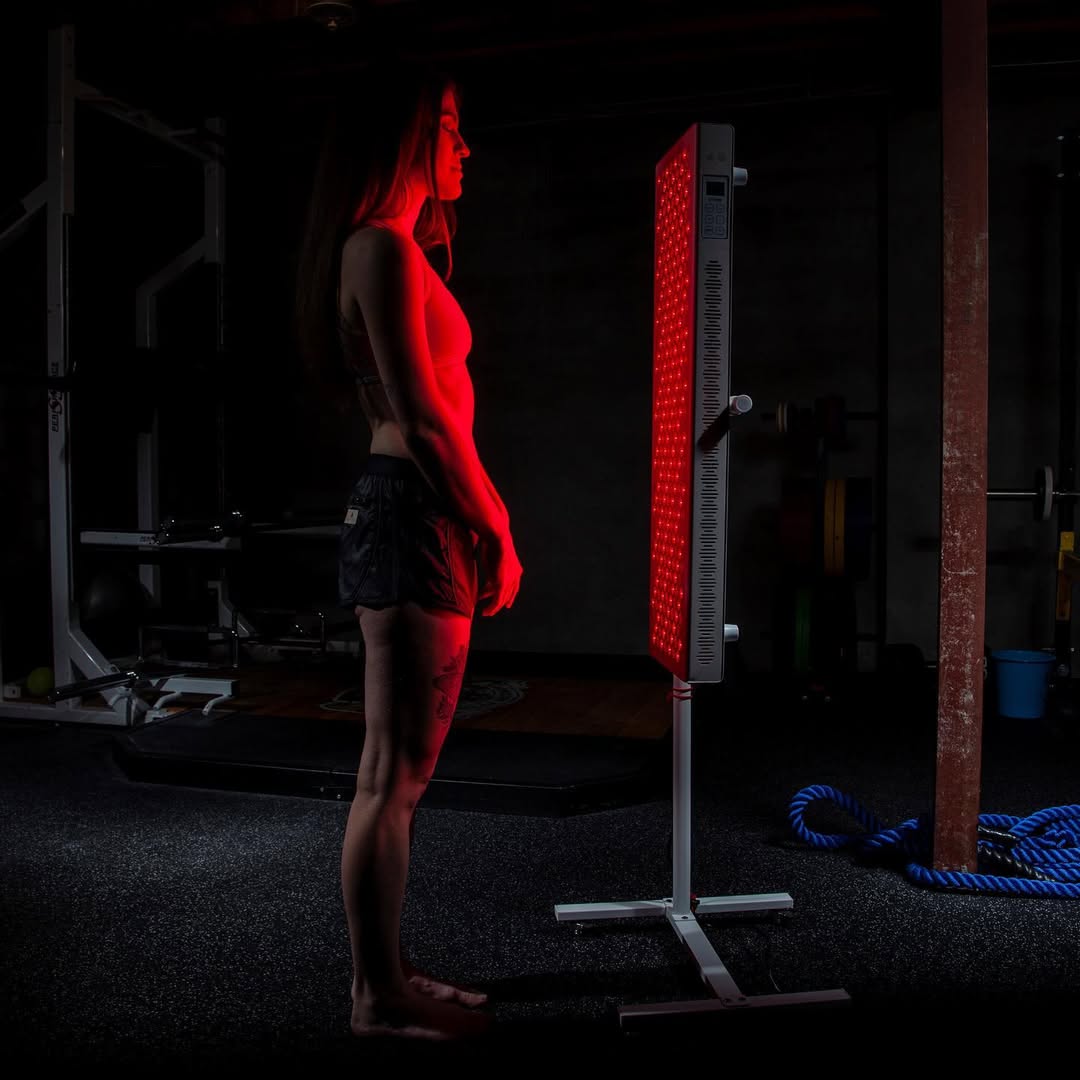![]() Free Shipping
Free Shipping ![]() Buy Now, Pay Later
Buy Now, Pay Later ![]() Eligible
Eligible
Can Red Light Therapy Fade Melasma Spots?

Melasma is a common skin condition characterized by dark, patchy spots—usually on the face—that can be stubborn and frustrating to treat. While topical creams, chemical peels, and laser treatments are often recommended, red light therapy (RLT) has emerged as a promising, non-invasive alternative. But does it really work for fading melasma?
In this article, we’ll explore:
- What red light therapy is and how it works
- The science behind RLT and melasma
- Clinical studies supporting (or refuting) its effectiveness
- How to use red light therapy for melasma
- Alternative treatments and complementary approaches
What Is Red Light Therapy?
Red light therapy, also known as low-level laser therapy (LLLT) or photobiomodulation, involves exposing the skin to specific wavelengths of red and near-infrared light. Unlike UV light, which can damage the skin, red light is safe and penetrates deep into the skin layers without causing burns or irritation.
How Does It Work?
Red light stimulates cellular energy production (ATP) in the mitochondria, promoting:
- Collagen production – improving skin texture and elasticity
- Reduced inflammation – calming irritated skin
- Enhanced circulation – aiding skin repair and regeneration
- Melanin regulation – potentially reducing hyperpigmentation
The Connection Between Red Light Therapy and Melasma
Melasma occurs due to an overproduction of melanin, often triggered by hormones, sun exposure, or genetics. Traditional treatments like hydroquinone or lasers target melanin directly, but they can sometimes worsen pigmentation (post-inflammatory hyperpigmentation).
Can RLT Help?
Research suggests that red light therapy may help melasma in several ways:
- Reducing Melanin Production
- A 2013 study in the Journal of Cosmetic and Laser Therapy found that red light (633 nm) inhibited melanin synthesis in melanocytes (pigment-producing cells).
- Unlike harsh treatments, RLT doesn’t destroy melanocytes but may help regulate their activity.
- Anti-Inflammatory Effects
- Chronic inflammation can worsen melasma. RLT reduces inflammatory markers, potentially preventing further pigmentation.
- Strengthening Skin Barrier Function
- Healthy skin is better at resisting pigmentation triggers. RLT supports skin repair, making it less prone to discoloration.
What Do Clinical Studies Say?
- A 2020 study in Dermatologic Surgery showed that combining red light with other treatments improved melasma more effectively than standalone therapies.
- Some dermatologists report that consistent RLT use (3-5 times per week) leads to gradual fading of dark spots over weeks or months.
However, results vary—some users see significant improvement, while others notice only slight changes.
VELLGUS Elite V2
THE #1 RATED RED LIGHT DEVICE
VELLGUS pro V2
THE #1 RATED FULL BODY RED LIGHT DEVICE
How to Use Red Light Therapy for Melasma
If you want to try RLT for melasma, here’s how to maximize results:
1. Choose the Right Device
- Wavelength: Look for devices emitting 630-660 nm (red light) or near-infrared (800-850 nm).
- FDA-Cleared Options: Brands like Joovv, Omnilux, or CurrentBody offer high-quality panels or masks.
- At-Home vs. Professional: Dermatologist-grade devices may offer stronger results, but at-home units can be effective with consistent use.
2. Treatment Protocol
- Frequency: 3-5 sessions per week
- Duration: 10-20 minutes per session
- Consistency: Results may take 4-12 weeks to appear
3. Combine with Other Treatments
For better results, pair RLT with:
- Topical antioxidants (vitamin C, niacinamide)
- Sunscreen (SPF 30+) – essential to prevent melasma from worsening
- Gentle exfoliation (azelaic acid, mandelic acid)
Alternative Melasma Treatments
While RLT shows promise, it’s not the only option. Other effective treatments include:
- Hydroquinone (prescription-strength for stubborn melasma)
- Chemical peels (glycolic or salicylic acid)
- Laser treatments (Picosure, Fraxel)—but with caution, as some can trigger rebound pigmentation
- Oral tranexamic acid (for hormonal melasma)
Final Verdict: Is Red Light Therapy Worth Trying?
Red light therapy is a safe, non-irritating option that may help fade melasma over time—especially when combined with other treatments. While it’s not a quick fix, its benefits (collagen boost, reduced inflammation, and potential melanin regulation) make it a worthwhile addition to a melasma-fighting routine.
Key Takeaways:
✔ May reduce melanin production without damaging the skin
✔ Safe for long-term use, unlike some harsh topicals
✔ Best results come with consistency (3-5 sessions per week for months)
✔ Works best alongside sunscreen and other brightening agents
Have you tried red light therapy for melasma? Share your experience in the comments! If you’re considering it, consult a dermatologist to tailor a plan for your skin.








